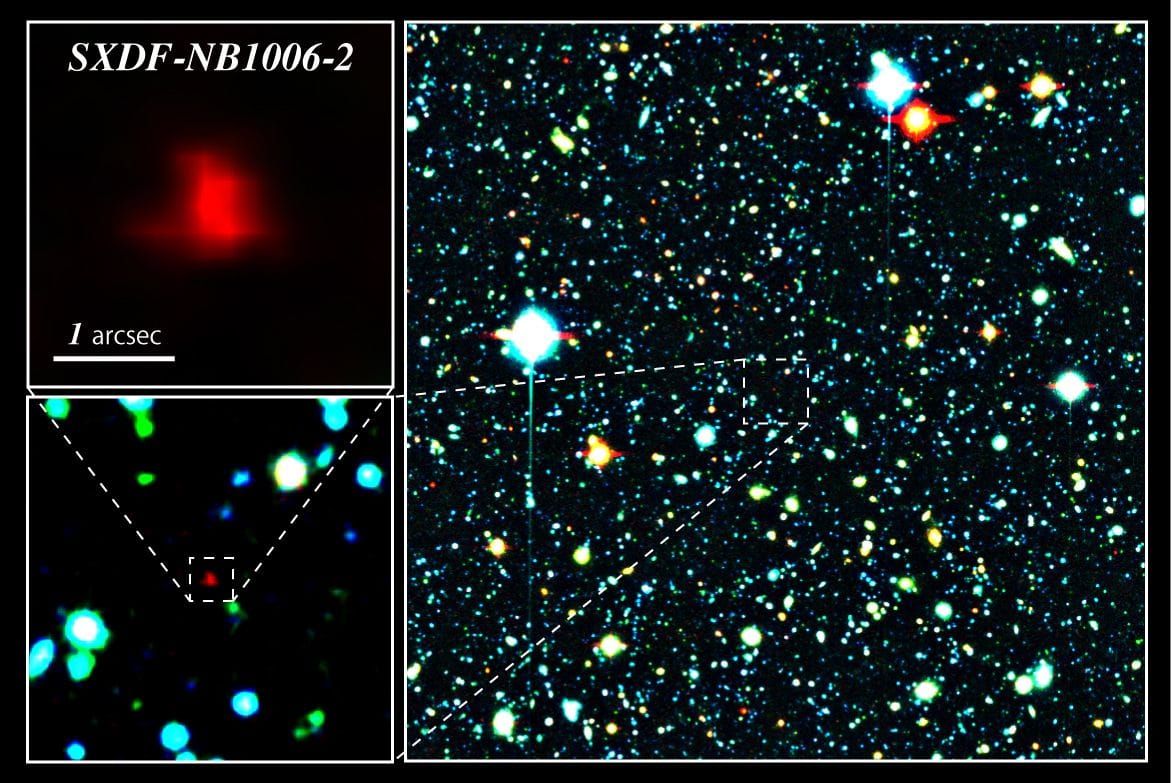January is set to be an exciting month for astronomy enthusiasts and casual stargazers alike, as four planets will align in the night sky, creating a stunning visual display. This celestial event, known as a planetary conjunction, involves Mercury, Venus, Mars, and Jupiter coming together in a relatively close formation. Such alignments are not only a treat for the eyes but also serve as a reminder of the dynamic nature of our solar system.
The alignment of these planets will occur every night throughout January, providing ample opportunities for observation. The best time to view this event will be shortly after sunset, when the planets will be positioned low on the horizon. Observers should look towards the western sky to catch a glimpse of this remarkable alignment. As the month progresses, the planets will shift slightly in position, creating a different visual configuration each night.
To enhance the viewing experience, it is advisable to find a location with minimal light pollution. Urban areas often have bright city lights that can obscure celestial phenomena, so seeking out darker locations such as parks or rural areas can significantly improve visibility. Additionally, using a simple pair of binoculars or a telescope can help bring the planets into clearer focus, revealing more details about their surfaces and features.
For those who may not be familiar with the planets involved, here is a brief overview. Mercury, the closest planet to the Sun, is known for its swift orbit and lack of atmosphere. Venus, often referred to as Earth’s “sister planet,” has a thick atmosphere that traps heat, making it the hottest planet in our solar system. Mars, the red planet, is known for its iron oxide-rich surface, which gives it its distinctive color. Finally, Jupiter, the largest planet in our solar system, is famous for its Great Red Spot and numerous moons.
Each of these planets has unique characteristics that can be fascinating to observe. For instance, Jupiter’s four largest moons—Io, Europa, Ganymede, and Callisto—can often be seen with a small telescope, providing a glimpse into the complex dynamics of the Jovian system. Mars, with its surface features like the Olympus Mons volcano and Valles Marineris canyon, can also be intriguing to explore through a telescope.
To make the most of this celestial event, it is helpful to plan ahead. Stargazers should check local sunset times, as these can vary depending on geographic location. Additionally, weather conditions play a crucial role in visibility; clear skies will provide the best viewing opportunities. It is advisable to keep an eye on the weather forecast leading up to the event to ensure optimal conditions for observation.
For those who may not be able to view the planets in person, various online platforms and observatories often provide live streams of celestial events. These resources can offer a virtual experience for individuals who are unable to travel to a suitable viewing location. Social media platforms may also feature hashtags related to the event, allowing enthusiasts to share their observations and experiences with a broader community.
In conclusion, the alignment of Mercury, Venus, Mars, and Jupiter in January presents a unique opportunity for both experienced astronomers and casual observers to engage with the night sky. This celestial event serves as a reminder of the wonders of our solar system and the beauty of the universe. By planning ahead and seeking out optimal viewing conditions, stargazers can fully appreciate this extraordinary conjunction and perhaps inspire a deeper interest in astronomy.



